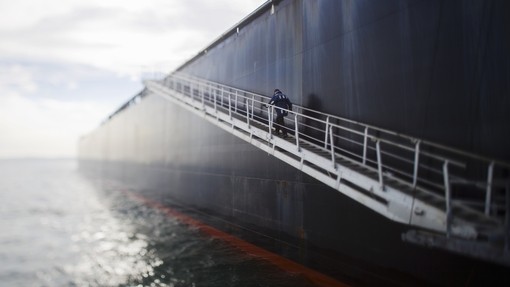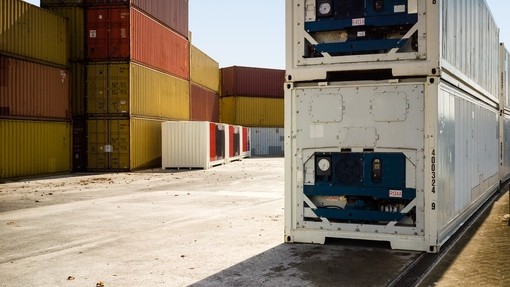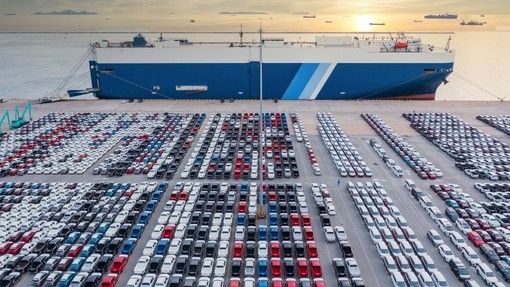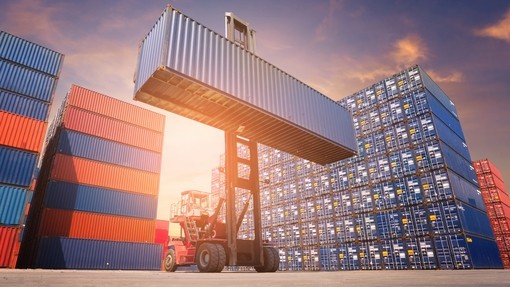Container freight rates and availability: with freight rates subject to volatile markets and ongoing disruption, is pricing uncertainty the new norm?
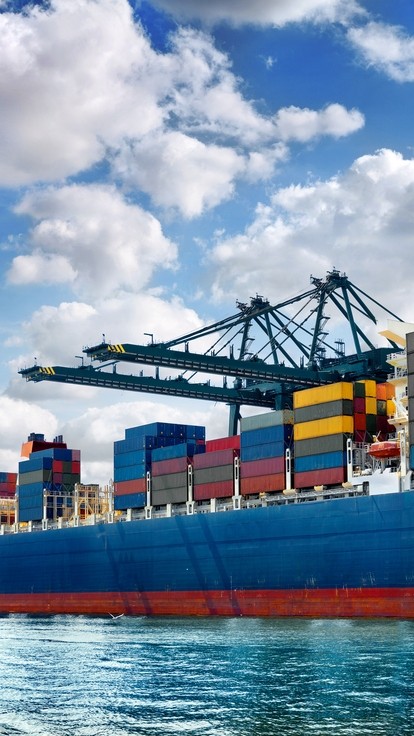
Details
Fewer industries by comparison have seen such fluctuations in demand for and supply of its services as container shipping since the implementation of COVID-19 lockdowns globally in the first quarter of 2020.
The lockdowns had the effect of shuttering industry, until precautionary measures and COVID-19 secure working practices could be implemented to halt the spread of the virus.
This created a situation whereby a holding pattern developed; demand slumped, output declined, and shipping, specifically container freight, dwindled.
Once the global populous had adjusted somewhat to this new era of working from home and a near ban on travel, demand for goods slowly increased. With nowhere to go and no one to see, consumers purchased all manner of goods, electronic or otherwise to see them through their summer, and subsequent winter, of discontent.
The production powerhouse that is Asia saw an upturn in demand for goods which required shipping. Different Asian economies showed tentative signs of recovering at differing speeds, but generally upturn was seen in the third quarter of 2020 and the first quarter of 2021.
The earlier downturn in container demand, meant that many of the containers that had been delivered prior to the lockdowns, had been left in many western ports meaning a shortage of containers in the east where they were now heavily in demand. Adding to this shortage of containers was the simultaneous removal of container ships from service. Why spend money operating a vessel until need for it arose?
An imbalance was created whereby there were not enough containers in the right place at the right time, and even if there were, there were not enough ships to move them.
This resulted in demand outstripping supply and the sheer rocketing of container freight rates, which had rarely been seen before.
In direct response to this surge in demand and the accommodation adjustments required, as of September 2021 container rates had risen to an average of $10,000 per 40 FEU (foot equivalent unit). To put this in perspective, this is approximately over seven times the average shipping rate for a similar container in 2020 ($1,400). Spot rates averaging $15,000 to $20,000 per container from China to the USA were not uncommon.
Despite this demand-induced spike, with the gradual global re-opening in late 2021 to early 2022, and the release of more containers into the market, it was anticipated that container freight rates would align themselves in accordance with pre-pandemic levels. However, an odd phenomenon has occurred; container rates have not fallen as dramatically as anticipated. Indeed, rates remain elevated and are not falling as fast as some would like. In April 2022, the global freight rate index stood at an average of $7,400.
Demand for ocean freight has continued to increase as recoveries abound. Demand and supply have not yet recalibrated to the pre-pandemic equilibrium enjoyed by shippers for many years.
It is therefore unlikely that the usual rule of demand and supply, that stalwart power duo of economics that so often regulates many a market, will have the desired impact upon container prices as expected.
Continued port and supply chain congestion and sporadic, yet all too frequent for some, port closures, are affecting this imbalance and maintaining these unusually high rates.
These increased freight rates are also being held aloft by driver shortages and inefficiencies within ports themselves.
That is not to say that rates are not falling at all. Since the fall in output during the Lunar New Year and the subsequent closure of Shenzhen port in March 2022, cargo exports from China have slowed.
In managing this drop in output, many container lines have responded with blank sailings to reduce capacity within trade lanes to meet current demand. The effect will be to sustain current rates notwithstanding the reduction in demand.
With the inevitable increase in demand to follow, port congestion will accompany blank sailings to regulate any overcapacity.
It would be churlish to expect rates to fall so dramatically or to return to pre-pandemic levels when current levels have benefited owners so very well.
With high rates expected for the foreseeable, questions arise as to how these rates can be offset or at best be effectively managed by customers.
CMA CGM has, as a direct response, launched a container return programme, to help redress market fluidity, by offering early return incentives to customers, namely $300 per container. The aim, if everything goes according to plan, is for the reintroduction of approximately 43,000 containers into circulation within four days of pick up.
Precision management with regards to container freight, namely securing favourable rates and utilising better than contract spot rates might offset any unusually high freight charges. Consumers need to focus on these business overheads and if possible, use better forecasting models.
The pandemic was unforeseen, and the natural ebbs and flows associated with a market trying to correct itself, whilst managing occasional outbreaks is accepted, however on the horizon are ‘known’ changes such a decarbonisation which will impact freight rates once again.
During the previous two and a half years, carriers and freight forwarders have also been slowly but surely consolidating and combining their service offerings which will also impact future rates. Fewer suppliers to bargain with, plus greater demand could equal even higher rates.
The uncertainty and volatility which results from these changes and unanticipated disruptions will become a big driver for business in marine trade for the foreseeable.

